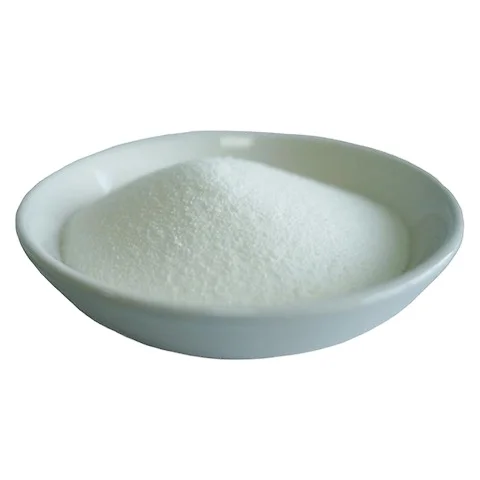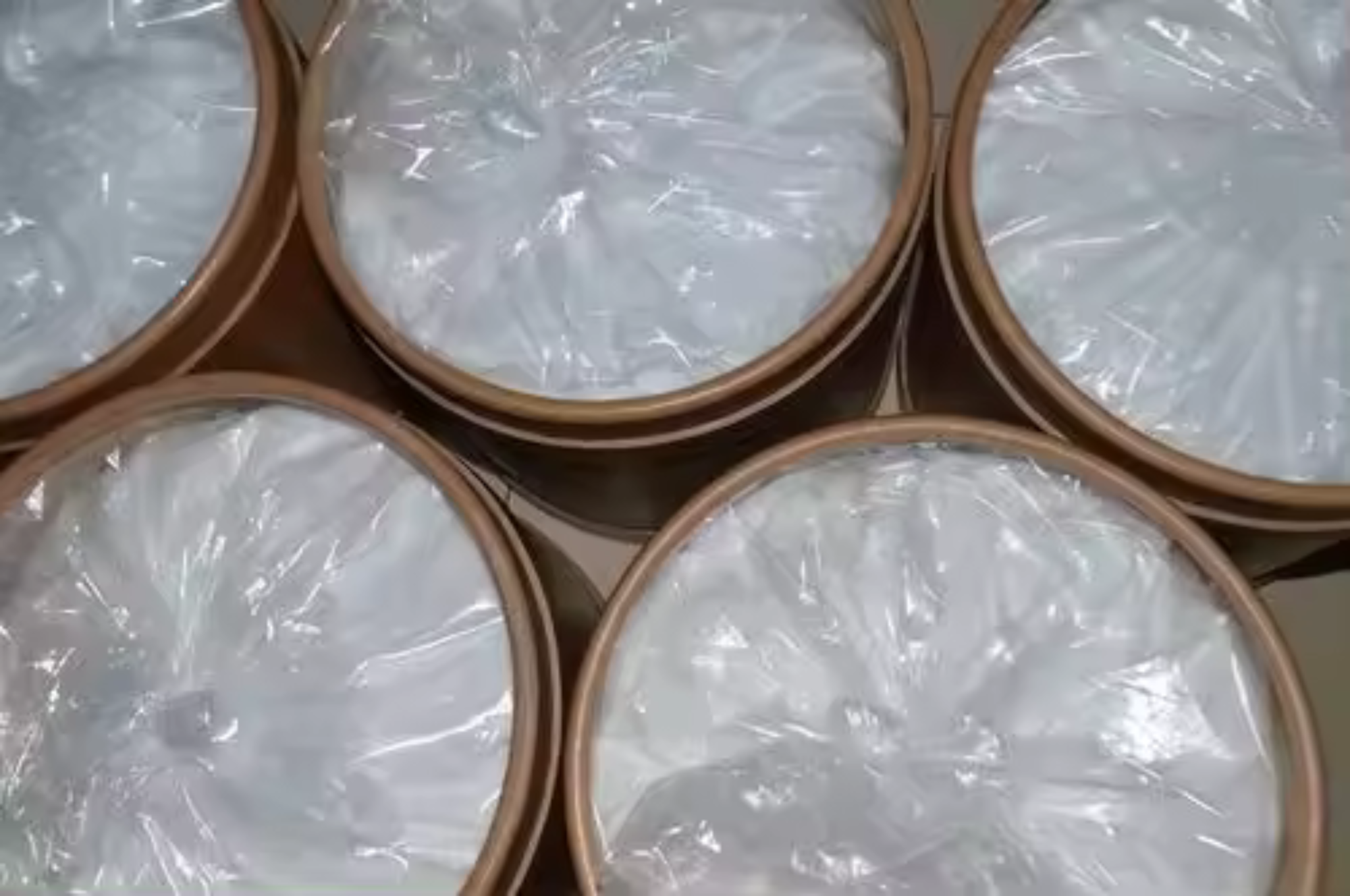గడ్డలు జీవుల ఒక రకం; అవి అనేక అప్రత్యక్ష విధాల్లో మెరుగుపరచుతాయి, ఇది శాస్త్రవేత్తల దృష్టిని ఆకర్షించి ఆశ్చర్యపురంగా ఉంటుంది. PGR అనేది గడ్డ మెరుగుదల నియంత్రకాలకు సంబంధించిన అక్రమం, ఇది గడ్డలు ఎలా మెరుగుపరచుతాయి అనే సందర్భంలో ముఖ్యమైన అంశం. ఇది అదే విధంగా గడ్డల మెరుగుపరచడానికి, అభివృద్ధి చేయడానికి మరియు పూర్ణ సామర్థ్యంతో ఉత్పత్తి చేయడానికి సహాయపడుతున్న మీక్రో సహాయకుల వంటి విధంగా పనిచేస్తాయి.
ప్రతి ఒక్కడూ అవగా ఉండాలని కావాల్సి ఉంటుంది అది మంచిగా రెండు వంటి లేదా బలమైనందుకు పెరుగుతుంది. ప్లాంట్ విషయంలో, నిర్మలమైన నీటి, సూర్య రశ్మి మరియు నిలబడిన భూమి నుండి పొందిన పురిణాలు వాటిని పెరుగుదలైంచుతాయి. ఇవి ప్లాంట్లకు ఆ సంరక్షణ కోసం అవసరమైన చిన్న మూలకాలు. కానీ, ప్లాంట్ యొక్క పెరుగుదలైన కొన్ని సమయాల్లో పీజిఆర్ (PGR) కూడా ముఖ్యంగా ఉంటాయి. ఇవి పెరుగుదలైన వివిధ ముఠాల మధ్యలో సమతలం నిర్వహించడంలో సహాయపడతాయి మరియు ప్లాంట్ లో జరిగే ముఖ్యమైన ఘటనలలో సహాయపడతాయి. అంతట్లుగా, PGR కొన్నిసార్లు ప్లాంట్లకు మార్పు సందర్భాలతో ఎదురెళ్ళడానికి సహాయపడతాయి; ఉదాహరణకు, ద్రవణ లేదా ప్లావన సందర్భాలు మరియు వాటి ప్రతిసాధనలో ప్లాంట్ యొక్క వివిధ భాగాల పెరుగుదలైన సంబంధాలను మార్చవచ్చు.
ప్లాంట్ హార్మోన్స్ PGRs అవి కూడా దీని వలె తెలుసు, మరియు అవి (సరియగా) ప్లాంట్ల యాకటి సహాయకులు. ప్రకృతిగా ప్లాంట్లలో ఉన్నాయి, ఆవి పత్రకాల నుండి, రుట్ల మరియు బీజాల నుండి వచ్చింది. ఒక సాగిన పనితీర్థుల గుంపంలా, PGR కలసి మరియు (అథవా నిలిపి) వివిధ ప్రవర్తన ప్రక్రియలను ప్రవర్తించడం ద్వారా ప్లాంట్లు పెరుగుతుంది. అవి కూడా ప్లాంట్లకు వాటి పరిస్థితులకు పరిణమించడానికి సహాయపడతాయి, అందువల్ల వారు వివిధ రకాల పరిస్థితులను స్వీకరించడం, డిజీజ్ మరియు పొంగుబాటుల నుండి వాటిని రక్షించడం మరియు మనిషికి ఉపయోగపడే అందమైన పువ్వులు, రుచికరమైన ఫలాలు లేదా కొత్త బీజాలు ఉత్పత్తి చేయడం.

ప్లాంట్ సైన్టిస్టులు అవిరమంగా రోజువారీ మరియు చివరిగా గెన్స్ లకు ఆసక్తి కలిగి ఉన్నారు. PGR లు ఎక్కడ నుండి వందిన కొన్ని దశల పాటు శాస్త్రవేత్తల నుండి ధృవీకరణ పొందినవి, మేము చెప్పిన కొన్ని ఘటకాల ప్రకారం పని చేయబడిన ఫలితాల మీద ప్రాధాన్యం ఇచ్చింది. మేము ఈ ప్రక్రియ గురించి మరియు ఈ విశేష సహాయకులు ఏమి చేస్తున్నాయి అనేది మా తెలియజేసే మాత్రంగా, శాస్త్రవేత్తలు మొక్కలను మెరుగుపరచడానికి ఇది ఉపయోగించవచ్చు, అందువల్ల అవి ఎక్కువ భోజనాన్ని పొందుతాయి ఎవరైనా కు మరియు అందువల్ల అందుబాటులో మార్పులు జరిగించాయి. అందువల్ల మొక్కలను రోపించడానికి మరింత సంక్షేపిత పద్ధతులు రూపొందించబడ్డాయి, అందులో జీనెటిక్స్ మార్పు చేసిన మొక్కలను రూపొందించడం కూడా ఉంది. అవి బాగా పరిస్థితుల్లో ఉండగలిగి, పొందిన పొట్ల మరియు రోగాలకు ఎక్కువగా ప్రతిస్థాపన చేయగలిగి, అవి పెద్ద పంటలు మరియు పంటలు పొందగలిగి అవి ఆరోగ్యం ప్రదర్శించుతాయి.

పీజిఆర్ గడ్డ జీవన్ చక్రంలో ఏ ఫేజు లో కూడా ముఖ్యమైన భూమిక పోల్చుతాయి. ఈ అనుకూల పాదాల ఉత్పత్తి గడ్డ భూమిపై రావడం నుండి దాని బీజాలు ఏర్పడడం వరకు దాని జీవితం పొందుతుంది. బీజాలు మాత్రమే ఉంటాయి, పీజిఆర్ వాటిని సీడ్లింగ్ అనే గడ్డగా ఎగరుతుంది. గడ్డ ప్రయోగిక పాత (ఎందుకంటే గడ్డ ఆకులు మరియు తేగలు పెరుగుతాయి) పీజిఆర్ వాటిని ఎక్కువగా పెరుగుదల నుండి తగ్గించుకోవడానికి సహాయపడతాయి, వాటి నుండి ఆకు పరిమాణం కూడా ప్రభావితం అవుతుంది. ఇంటర్నోడ్లు సంకొంచుకోవడం సాధారణంగా పీజిఆర్ ప్రత్యుత్పత్తి కాలంలో ఎక్కువ సాంద్రత లో ఉపయోగించబడవచ్చు కానీ పూతి కాలంలో కంటే తగ్గించుకోవడం విషయంలో ఉంటుంది. గడ్డ పునరుత్పత్తి పహిలు అయితే దాని పూతి మరియు ఫలాల ఉత్పత్తి కూడా ప్రారంభించబడుతుంది, పీజిఆర్ పూతి బడ్డు సృష్టించడం మరియు బీజాల ఉత్పత్తిలో సహాయపడతాయి.

పీజిఆర్ యొక్క బుద్ధివంత ఉపయోగం గడ్డలకు మెరుగుపరచడానికి మరియు అభినేత నాణ్యత కలిగించడానికి కొత్తగా అవసరం. శాస్త్రవేత్తలు గడ్డలలో పీజిఆర్ అయినట్లు రేఖీయ మూలాల వృద్ధిని ప్రోత్సహించడానికి, పూసు సమయాన్ని నియంత్రించడానికి మరియు పొడిగాలు ఫలాలు కలిగించడానికి సహాయపడతారు. ఈ విధంగా అప్పుగా ఉన్న పరిస్థితులలో మెరుగుపరచగల కొత్త గడ్డ ప్రజాతులను అభివృద్ధి చేయడం సాధ్యం అవుతుంది, దీని ద్వారా పొట్టలు మరియు రోగాలను తప్పివేయగలిగించి, ఎక్కువ ఉత్పత్తి పొందడం సాధ్యం అవుతుంది మరియు మెరుగుపరచిన నాణ్యత కలిగిన ఫలాలు మరియు కాయలు పొందడం సాధ్యం అవుతుంది. దీని పాటు, పీజిఆర్ కూడా కర్షిక పంటల లో పొరాణిక సామర్థ్యాన్ని పెంచడం సాధ్యం అవుతుంది మరియు దాన్ని మాకు అంతగా ఆరోగ్యకరంగా మరియు పొరాణికంగా ఉంచబడుతుంది.
మేము మీ సహాయం కోసం ఎప్పుడూ బెదిరించుకున్నాము.